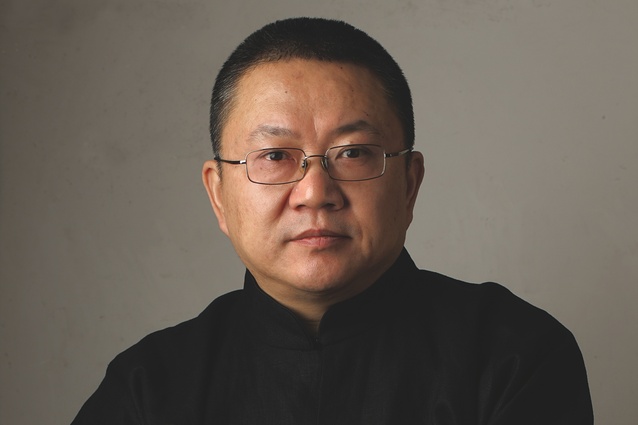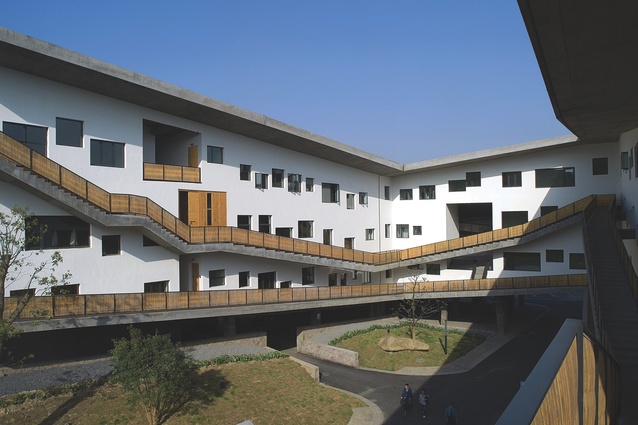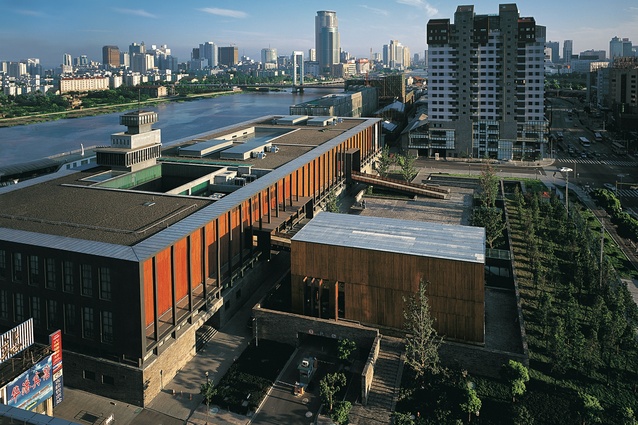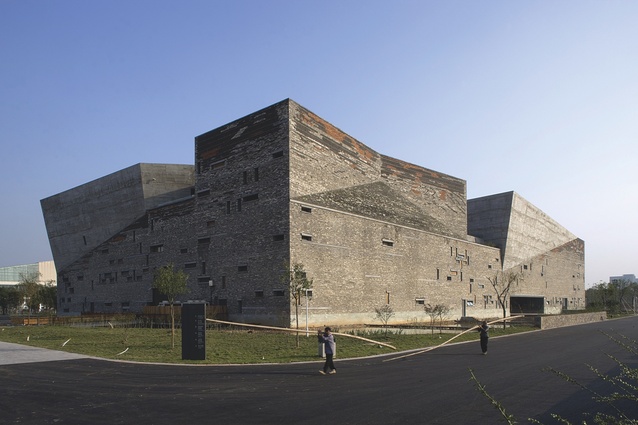Wang Shu wins 2012 Pritzker Prize
Wang Shu of the People’s Republic of China is the 2012 Pritzker Architecture Prize laureate.
Thomas J. Pritzker announced the winner as the chairman of the sponsor of the prize, the Hyatt Foundation.
In announcing the jury’s choice, Pritzker elaborated, “The fact that an architect from China has been selected by the jury, represents a significant step in acknowledging the role that China will play in the development of architectural ideals. In addition, over the coming decades China’s success at urbanization will be important to China and to the world. This urbanization, like urbanization around the world, needs to be in harmony with local needs and culture. China’s unprecedented opportunities for urban planning and design will want to be in harmony with both its long and unique traditions of the past and with its future needs for sustainable development.”
Wang Shu earned his first degree in architecture at the Nanjing Institute of Technology’s department of architecture in 1985. Three years later, he received his master’s degree at the same institution.
When he first graduated, he worked for the Zhejiang Academy of Fine Arts in Hangzhou doing research on the environment and architecture in relation to the renovation of old buildings. Nearly a year later, he was at work on his first architectural project – the design of a 3600 square metre youth centre for the small town of Haining (near Hangzhou). It was completed in 1990.

For most of the next ten years, he worked with craftsmen to gain experience at actual building and had no responsibility for design. In 1997, Wang Shu and his wife, Lu Wenyu, founded their professional practice in Hangzhou, naming it Amateur Architecture 4 Studio. By the year 2000, he had completed his first major project, the Library of Wenzheng College at Suzhou University.

His other major projects were all completed in China. They include the Ningbo Contemporary Art Museum and five scattered houses in Ningbo (2005) which received acknowledgment from the Holcim Awards for Sustainable Construction in the Asia Pacific. In that same city, he completed the Ningbo History Museum (2008). In his native city of Hangzhou, he did the first phase of the Xiangshan Campus of the China Academy of Art (2004), and then completed phase two of the same campus in 2007.
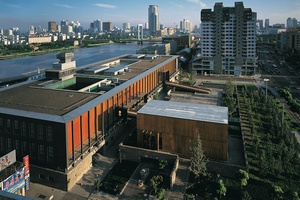
He has gained international recognition including the French Gold Medal from the Academy of Architecture in 2011. The year before, both he and his wife, Lu Wenyu, were awarded the German Schelling Architecture Prize. Since 2000, Wang Shu has been the head of the architecture department of the China Academy of Art in Hangzhou and he is the first Chinese architect to hold the position of Kenzo Tange Visiting Professor at Harvard Graduate School of Design in Cambridge, Massachusetts. He is also a frequent visiting lecturer at many universities around the world and has participated in a number of major international exhibitions in Venice, Hong Kong, Brussels, Berlin and Paris.

Upon learning that he was being honored, Wang Shu said: “This is really a big surprise. I am tremendously honored to receive the Pritzker Architecture Prize. I suddenly realized that I’ve done many things over the last decade. It proves that earnest hard work and persistence lead to positive outcomes.”
Peter Palumbo chaired the jury that selected the 2012 Pritzker laureate. Baron Palumbo is an internationally known architectural patron of London, and chairman of the trustees, Serpentine Gallery. The other members of the jury were Alejandro Aravena, architect and executive director of Elemental in Santiago, Chile; Stephen Breyer, Supreme Court justice, Washington, D.C.; Yung Ho Chang, architect and educator, Beijing; Zaha Hadid, architect and 2004 Pritzker laureate; Glenn Murcutt, architect and 2002 Pritzker laureate; Juhani Pallasmaa, architect and author; and Karen Stein, writer, editor and architectural consultant. The executive director of the prize was Martha Thorne, associate dean for external relations, IE School of Architecture, Madrid, Spain.
The purpose of the Pritzker Architecture Prize, which was founded in 1979 by the late Jay A. Pritzker and his wife, Cindy, is to “honour a living architect whose built work demonstrates a combination of those qualities of talent, vision, and commitment, which has produced consistent and significant contributions to humanity and the built environment through the art of architecture.” The laureate receives a US$100, 000 grant and a bronze medallion.
The formal presentation ceremony will be held in Beijing on May 25.
Wang Shu is a keynote speaker at this year’s National Architecture Conference in Brisbane, 10–12 May.

